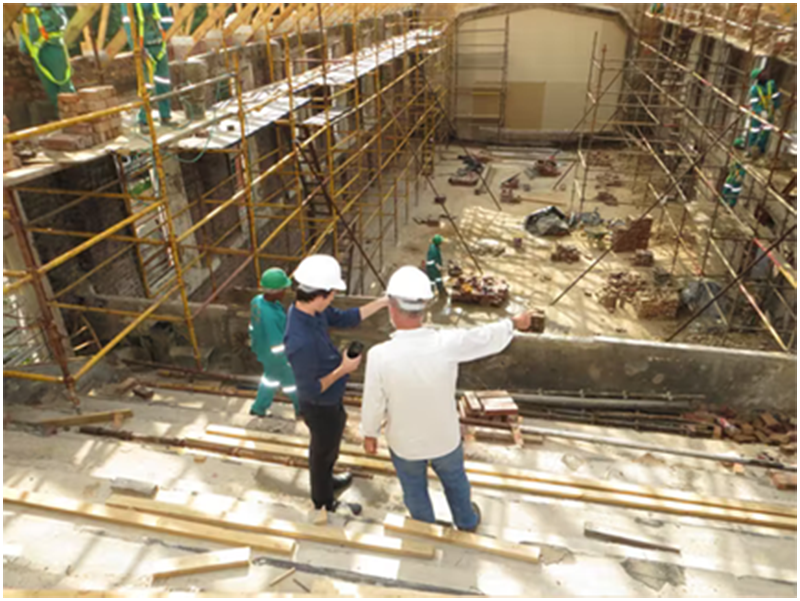As the world becomes increasingly aware of pressing environmental issues such as climate change, sustainability and the need for renewable energy sources individuals and businesses are looking for ways to become cleaner and greener in their practices.
Combined with ever-increasing governmental regulation, this sentiment is also impacting the construction industry, as increased demand for eco-friendly buildings requires planning and development to take into account its impact on the environment.
If you are looking to buy or sell a sustainable commercial property a commercial real estate lawyer can assist you throughout the process. This article will explore some of the ways sustainability is being implemented within the construction industry.
Lower Carbon Emissions
According to the UN Environment Global Status report the construction and operation of buildings accounted for 38% of global energy-related CO2 emissions in 2020. Buildings that are designed and constructed in a manner that reduces CO2 emissions and take into account local ecosystems (and the environment at large) require sustainable architectural practices and considerations throughout the entire process of design to construction. Some of the ways lower carbon emissions can be achieved during the construction process include the following:
- Reduce High Carbon Material Use: Certain materials such as plastics, aluminum and foam have a high carbon footprint, therefore, the reliance on these materials should be limited, where possible and the right sustainable building materials be used instead. For example, in place of vinyl, steel or concrete, wood is being substituted as a lower carbon alternative. For insulation purposes, natural material options such as hemp or straw can be used instead of foam.
- Reuse of Buildings: Compared to the construction of new buildings, renovation projects which reuse old buildings can save between 50% to 75% of embodied carbon emissions. This is most effective when the structure and foundation of a building is intact as this is where most of their embodied carbon is stored. Construction projects that transform old buildings into sustainable and energy-efficient ones are greatly beneficial to the environment, as well as encourage the recycling of materials and the reduction of waste.
- Recycle Materials: Many construction firms encourage the use of salvaged and green building materials such as clay, wood, brick, metals and concrete which generally have a lower embodied carbon footprint compared to brand new materials as there is no carbon spent to manufacture them.
Sustainable Construction Equipment
Fitting buildings with equipment that promotes energy efficiency, low waste and low carbon emissions is an essential part of sustainable architectural design. From heating and ventilation to water conservation and electricity generation, equipment that supports sustainable building design while providing comfort, health and function is key.
Also known as green building, these are features that are designed to eliminate or reduce the negative impact on the environment and also offer the benefit of lower running costs. Such equipment includes solar photovoltaic panels, geothermal heating and cooling, greywater or blackwater recycling, LED lighting, low-flow plumbing fixtures and CO2 controlled ventilation systems.
As this article has outlined, sustainability within construction is an important issue which is becoming increasingly relevant and factored into modern industry practices.


